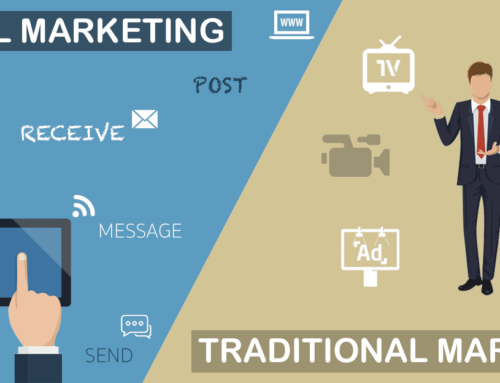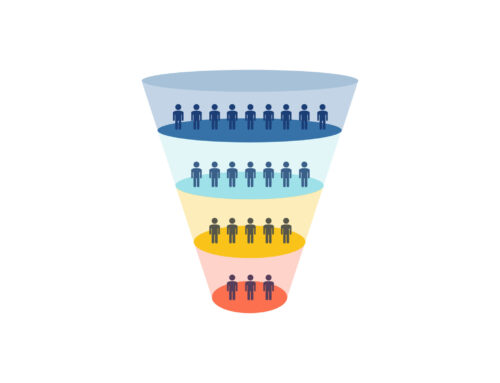Digital marketing gets nothing but more complex. It’s difficult for some of us to keep up, even with solid backgrounds in the field.
Fortunately, there are a few things you can do now that will see you into the future with your digital marketing strategy. The main point to take away: What does the customer want and how do we reach them to say we have what they need?
1. Know Your Customers
You can do formal research such as sending out surveys or posting polls, but always pay close attention to your social media engagements; it’s essential to know what customers want, what platforms and devices they use and what will they don’t like and might turn them away.
2. Boost Facebook Posts
For a small cost, you can ensure that your Facebook posts are seen by more people and get you more attention. It’s not necessary for every post, but being selective and boosting some important posts can let you make the most effective use of your budget.
3. Use Instagram
It’s more than just popping pictures on a wall. According to the Social Science Research Network, 65 percent of people process information based on what is seen. The 3M Corporation states that the brain processes visual information 60,000 faster than text. Because of this, Instagram is a wildly popular network among young people. Some businesses even use the site to build stories about customer types and product lines.
4. Improve Content Quality
There’s a lot of low-quality stuff on the Internet. Don’t expect that any visitor to your website will accept content is “less than.” Customers will find good content elsewhere if your content is bad. Take a critical eye when looking at your website and make sure content is well written and concise. If you have a blog, make it thoughtful and original. A stellar weekly post is better than a sub-par daily one.
5. Cross Device Marketing
Today, smartphones are the go-to device for Internet access. Having a mobile-friendly site is vital. In 2015, Pew Research found that nearly two-thirds of U.S. adults own a smartphone. Seven percent of those smartphone owners are “smartphone-dependent” because they do not have home broadband service and have limited options for going online other than their mobile device. Additionally, while mobile usability was a factor in Google’s search algorithm for years, as of April 21, 2015, Google required websites to be optimized for mobile users or fail to be found in a search. Since Google is the top search engine, it’s critical for businesses to be found there. However, you should also consider going beyond a mobile-ready site and creating an app that makes it easier for customers to engage with you.
While content is still king, it’s necessary to get that message gets out to your target audience. Remember, it’s not about you, but your customers. Invest in a good digital marketing strategy that serves their needs and you earn their following.





Leave A Comment